Rolls-Royce SMR has signed memorandums of understanding (MoUs) to consider the deployment of its small modular reactor (SMR) in Finland and Sweden. It will also help post-war recovery in Ukraine.
Under an MoU signed with Ukraine’s state-owned nuclear energy utility Energoatom, the companies will collaborate to explore future opportunities to deploy Rolls-Royce SMR reactors in Ukraine as it begins to rebuild. Rolls-Royce SMR has committed to supporting Ukraine’s recovery by deploying an SMR power plant “capable of generating enough carbon-free electricity to power one million homes for over 60 years”.
The MoU was signed on the 20th of March by Energoatom President Petro Kotin and Sophie Macfarlane-Smith who is the head of customer engagement at Rolls-Royce SMR.
Kotin said, “Cooperation between Energoatom and Rolls-Royce SMR has reached a new. Today we signed an agreement that will allow Ukraine not only to start a high-quality post-war reconstruction of the energy infrastructure, but also to become one of the first countries in the world to attract promising technologies of small modular reactors for this purpose.”
Tom Samson is the CEO of Rolls-Royce SMR. He added that “Thanks to our own British nuclear technologies, we can potentially help the people of Ukraine to quickly rebuild and restore energy security and independence.”
In May of 2022, Kotin stated that construction work on two new Westinghouse units at the Khmelnitsky nuclear power plant “will begin as soon as the war is over”. He went on to say that an agreement signed with Westinghouse covered the construction of five units. The other three units will be distributed at Ukraine’s other existing nuclear power plants.
Rolls-Royce SMR has signed an MoU with Finish utility Fortum to jointly explore the opportunities for the deployment of SMRs in Finland and Sweden. Fortum operations include the Loviisa nuclear power plant in Finland. Fortum announced in October of 2022 a project to explore the prerequisites for new nuclear power plants in Finland and Sweden. The project includes potential partner networks and cooperation agreements. Fortum said that it considers SMRs to be part of nuclear power’s future. It is “interested in the possibilities of nuclear in heat and hydrogen production”.
Laurent Leveugle is Fortum’s Head of New Build Feasibility Study. He said, “Fortum is happy to start a collaboration with Rolls-Royce SMR which is one of the forerunners in the small modular reactor industry. We are especially interested in learning more about Rolls-Royce SMR’s delivery model considering Rolls-Royce’s historical industrial experience.”
Alan Woods is the Director of Strategy and Business Development for Rolls-Royce SMR. He said, “Rolls-Royce SMR is honored to be collaborating with Fortum, as one of the most respected nuclear operators in the Nordics, and we see great benefit in the co-operation between our two organizations. The importance of energy security has increased dramatically and we see our unique approach to nuclear new build – focusing on delivery capability and cost effectiveness – as the best solution to providing low-carbon energy for generations to come. We look forward to working with Fortum during their feasibility study.” The two companies noted that “any potential investment decision will be made at a later stage”.
In addition to Rolls-Royce SMR, Fortum has signed cooperation agreements with EDF of France, Kärnfull Next of Sweden and Helen of Finland.
Blog
-
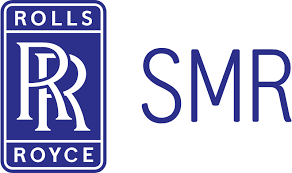
Nuclear Reactors 1197 – Rolls-Royce SMR Has Signed Memorandums of Understanding With Finland, Sweden and Ukraine
-
Nuclear News Roundup Mar 28, 2023
UN Nuclear Chief to Focus on Proposing Safety Measures Around Ukraine Nuclear Plant (usnews.com) usnews.com
Final fuel transfer from storage basin at INL world-nuclear-news.org
Contract for Shin Hanul 3 and 4 major components signed world-nuclear-news.org
Russia Starts Military Training With Nuclear-Capacity Missiles telesurenglish.net
-
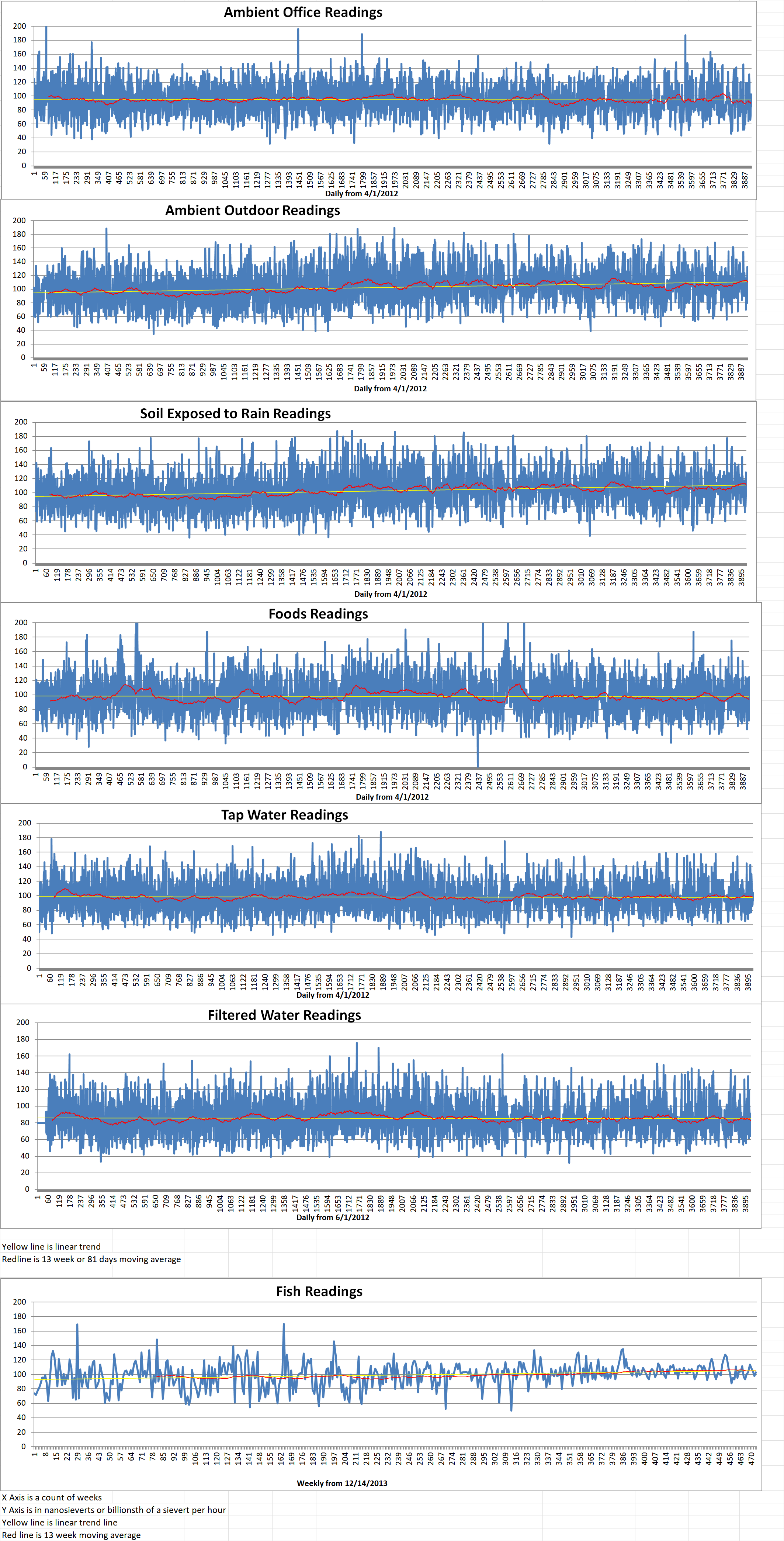
Geiger Readings for Mar 28, 2023
Ambient office = 85 nanosieverts per hour
Ambient outside = 104 nanosieverts per hour
Soil exposed to rain water = 110 nanosieverts per hour
Iceberg lettuce from Central Market = 99 nanosieverts per hour
Tap water = 94 nanosieverts per hour
Filter water = 81 nanosieverts per hour
-
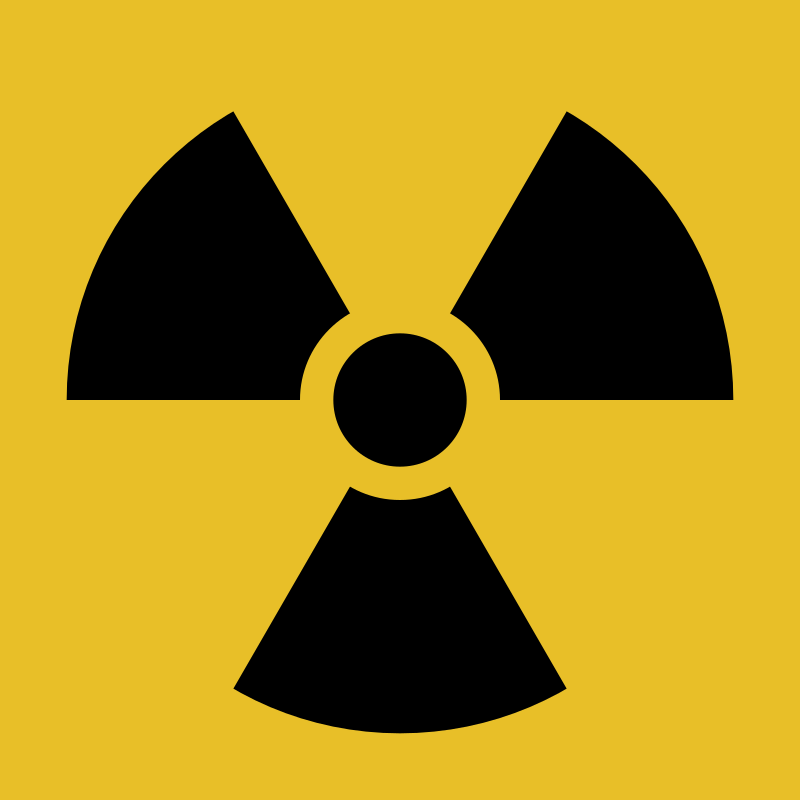
Nuclear Reactors 1196 – The Future Of Nuclear Power Is Not Bright
This is my three thousandth blog post. I have covered a broad range of issues dealing with nuclear power, nuclear weapons and nuclear materials use in other industries. I will admit that I am not a fan of nuclear fission power. However, I feel that there is enough publicity and money flowing into the support of nuclear power that my small voice in opposition will hardly balance the scales.
A member of my family is a mechanical engineer who spent his whole career in the nuclear industry. Back in the the 1970s, I was talking to my father and another brother about the nuclear industry. I was a young man with limited experience in the world but I was informed enough to have concerns about politics and business. I said that I have no doubt that my brother and other engineers could design safe nuclear power reactors. The problem I had with nuclear power was that we would have to depend on government regulators and the companies that owned and operated commercial nuclear power plants to be about ten times as competent and honest as they had ever shown themselves to be in the past. Over the past fifty years I have not been encouraged by what I have seen and blogged about.
Nuclear projects generally run over budget and behind schedule. Nuclear power is advertised to be a solution to climate change because during operations it does not generate CO2. However, over the lifetime of a nuclear power plant, it generates more CO2 than renewable energy sources such as wind, solar, and hydro power. While the cost of these renewables is constantly falling, the cost of new nuclear builds is constantly rising. Unfortunately, there is not enough time or money to license and build enough nuclear power plants to put a dent in carbon emissions soon enough to help mitigate climate change. And for those who say that we should expand nuclear power along with the adoption of renewable sources, my response is that studies have shown that major expansion of nuclear power and broad adoption of renewables cannot both be carried out.
The problem of spent nuclear fuel waste has not been solved. Tons of spent fuel resides in cooling pools and temporary storage casks around the world. Many plans were laid and much work was done testing different storage plans but as decades have passed none of these solutions has been implemented on a wide basis. If many new nuclear plants are build to generate power, the spent nuclear fuel will become an even bigger problem. A big concern I have is that without a good spent fuel solution, it may be tempting to just close and fence in old nuclear power plants in the hope that a solution will be found in the future. Over time, the money and interest needed to keep these mothballed plants safe will decline and they will be come a major hazard.
I have blogged about possible security problems at nuclear power plants in the past but my concerns about possible damage, either intentional or accidental, to nuclear power plants that could release radioactive material during armed conflicts were largely theoretical. Since the invasion of Ukraine by Russia, suddenly these concerns are much more pertinent than ever before. Fighting in and around the Zaporizhzhia nuclear power plant in Ukraine have endangered central Europe and continue to this day. Every nuclear power plant in the world is in danger from saboteurs, rebels, invasions, etc.
The bottom line is that there is so much money sloshing around in nuclear projects that they are very attractive to leaders and businessmen. I have a lot of reasons to be negative about nuclear energy but ultimately, the rejection of nuclear power will hinge on the next big nuclear accident (which is inevitable), which will sour the public, the politicians and investors on nuclear power permanently. One big release of nuclear materials any where in the world will threaten the future use of nuclear power everywhere.
I will continue to blog about nuclear issues. I hope my concerns and dire predictions will turn out to be wrong. However, I am convinced that nuclear power is not the solution to our energy needs or climate change mitigation. -
Nuclear News Roundup Mar 27, 2023
IAEA head: Deal to protect Ukrainian nuclear plant ‘close’ abcnews.go.com
NATO condemns Putin for ‘dangerous’ nuclear rhetoric Aljazeera.com
Drop in water temperature causes fish kill near Monticello nuclear power plant mprnews.org
Virginia governor signs bills to support SMR development world-nuclear-news.org
-
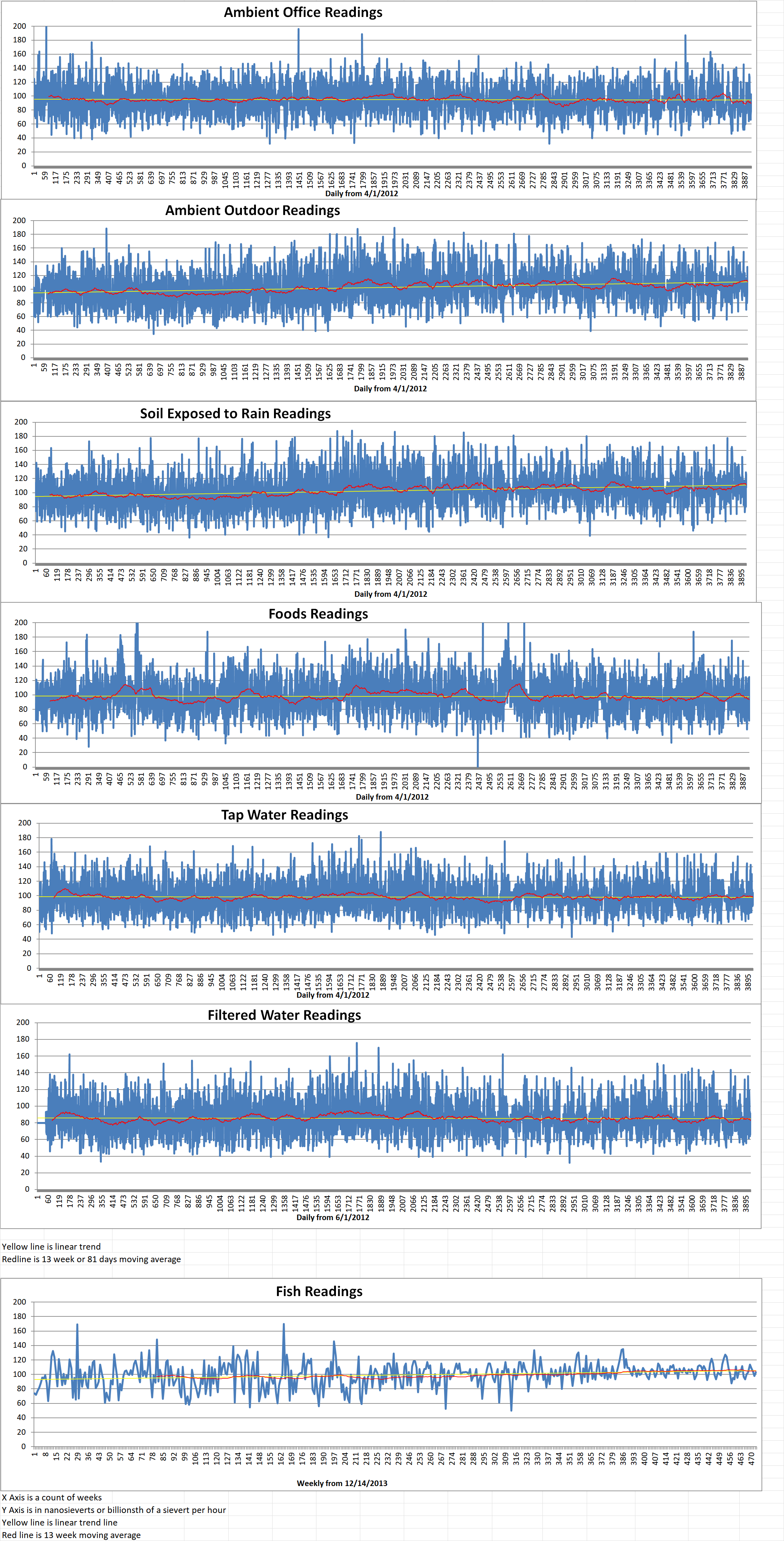
Geiger Readings for Mar 27, 2023
Ambient office = 100 nanosieverts per hour
Ambient outside = 105 nanosieverts per hour
Soil exposed to rain water = 108 nanosieverts per hour
English cucumber from Central Market = 94 nanosieverts per hour
Tap water = 98 nanosieverts per hour
Filter water = 71 nanosieverts per hour
-
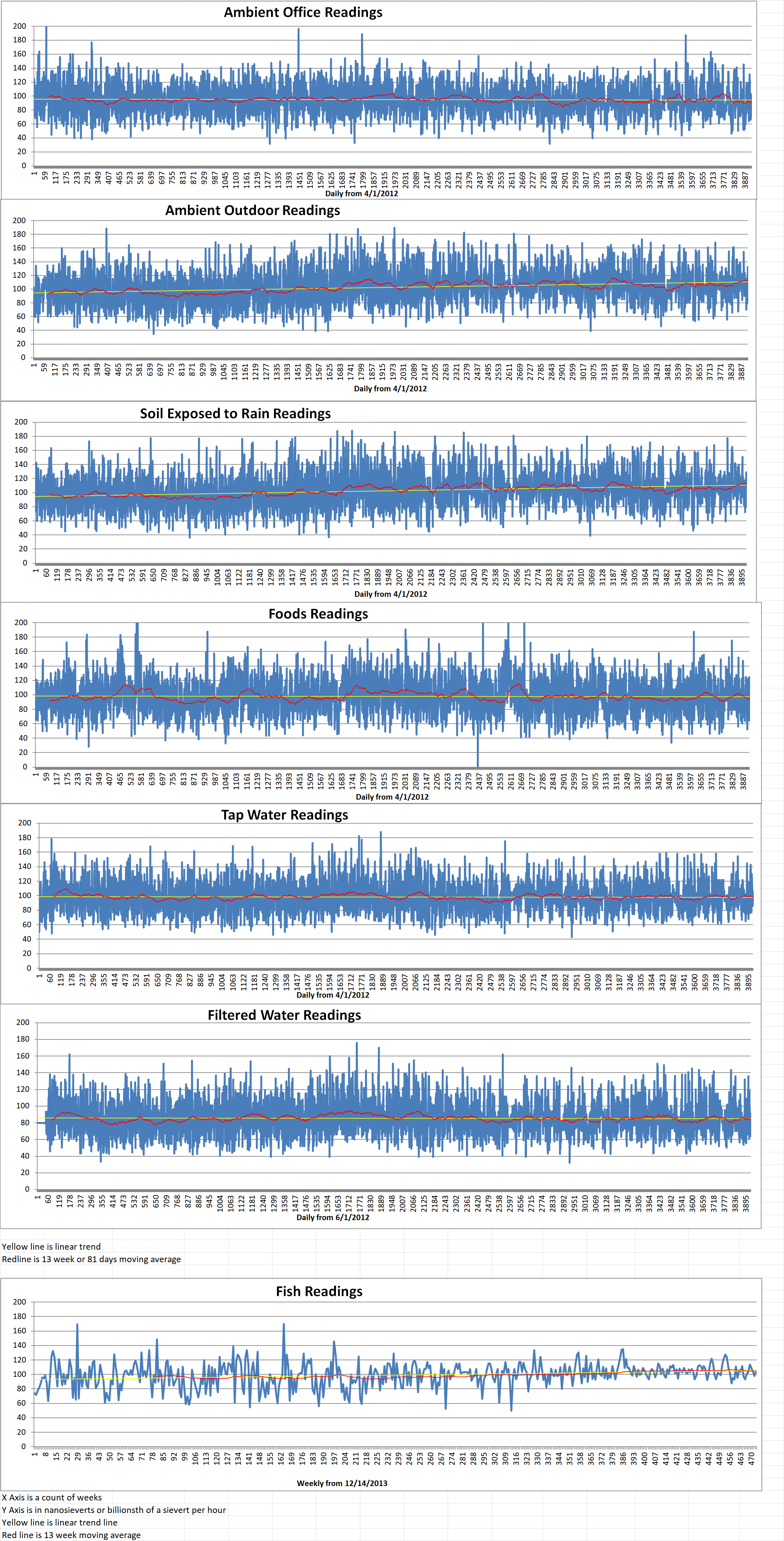
Geiger Readings for Mar 26, 2023
Ambient office = 85 nanosieverts per hour
Ambient outside = 128 nanosieverts per hour
Soil exposed to rain water = 124 nanosieverts per hour
Blueberry from Central Market = 125 nanosieverts per hour
Tap water = 104 nanosieverts per hour
Filter water = 91 nanosieverts per hour
-
Nuclear News Roundup Mar 26, 2023
Russia to deploy “tactical nuclear weapons” in Belarus, on Ukraine’s northern border, Putin says cbsnews.com
US to stop exchanging nuclear data with Russia after Moscow’s treaty suspension reuters.com
North Korea unveils new nuclear warheads as US air carrier arrives in South reuters.com
NATO criticizes Putin’s ‘dangerous and irresponsible’ nuclear rhetoric reuters.com
-
Nuclear News Roundup Mar 25, 2023
US regulators delay decision to license New Mexico nuclear facility foxnews.com
Iran says ready for nuclear cooperation with Saudi Arabia ifpnews.com
North Korea tests underwater attack drone that can generate ‘radioactive tsunami’ nbcnews.com
AUKUS-focused university collaboration agreed world-nuclear-news.org
-
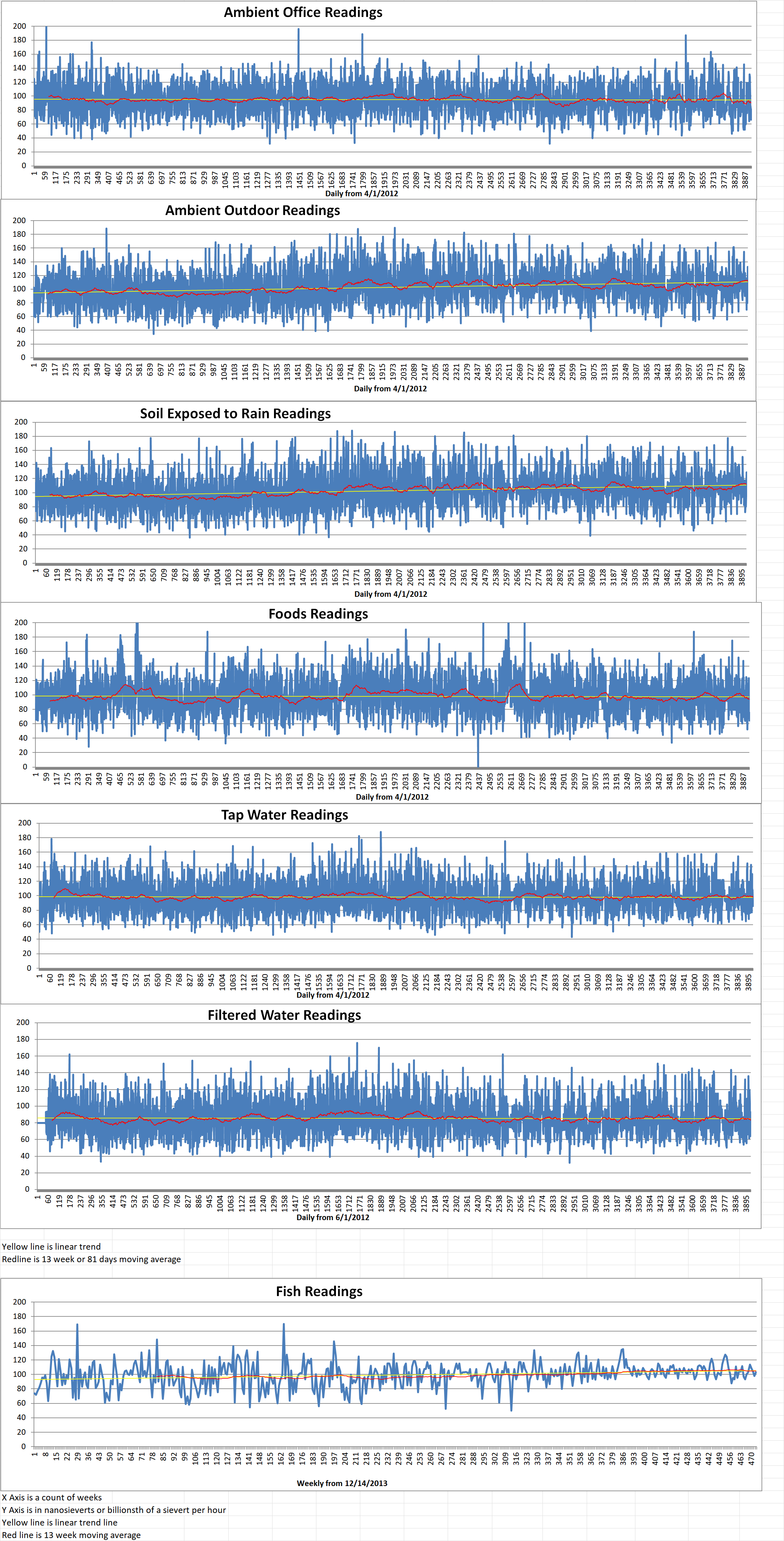
Geiger Readings for Mar 25, 2023
Ambient office = 81 nanosieverts per hour
Ambient outside = 133 nanosieverts per hour
Soil exposed to rain water = 129 nanosieverts per hour
Tomato from Central Market = 65 nanosieverts per hour
Tap water = 87 nanosieverts per hour
Filter water = 66 nanosieverts per hour
Dover Sole from Central = 98 nanosieverts per hour
